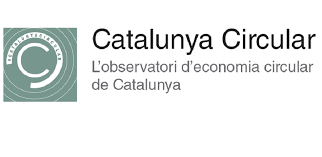Paper/ cardboard has always been one of the most effective industries in reuse and recycling. Traditionally, a part of the paper and cardboard waste has been introduced in the virgin pulp (in the pulper) in the pulp production.
The paper degree is defined by the length of the fiber, which is shortened after each trip through the recycling process. There are long fibers of about 3 mm or short fibers between 1 and 2 mm and. It is necessary to get different percentages of these fibers to create the pulp.
An example of the corrugated cardboard waste recovery of kraft degree is explored below. According to the ranking of the European list of paper and cardboard recovered and classified to group 4.01 (New Shaving of Corrugated Board), kraft paper is considered a high quality example. It is made of unbleached long fiber and it is, therefore, used in packaging.
The company Cartonajes del Penedés, SA is specialised in the manufacture of high-quality corrugated board sheets (kraft paper or kraft liner). In the manufacturing process, corrugated cardboard waste is generated and placed in cardboard bales. This waste is fully recoverable to make new paper due to its quality and its quantity in kraft paper.
Pere Valls, SA, dedicated to the manufacture of paper for packaging, receives this waste as a by-product and introduces it into its production line as a raw material, since the quality of kraft paper is adjusted to the one they need in their manufacturing process. The receiving company, Pere Valls, adds the cuttings of corrugated cardboard to the disintegration of the raw material with water in the pulpers, where the pulp is made.
Therefore, the receiving company reduces its consumption of raw material in virgin fiber and the company producing the waste saves the costs of the management of a waste valorising it as a by-product. It also allows the two companies comply with the requirements of their environmental management systems.







